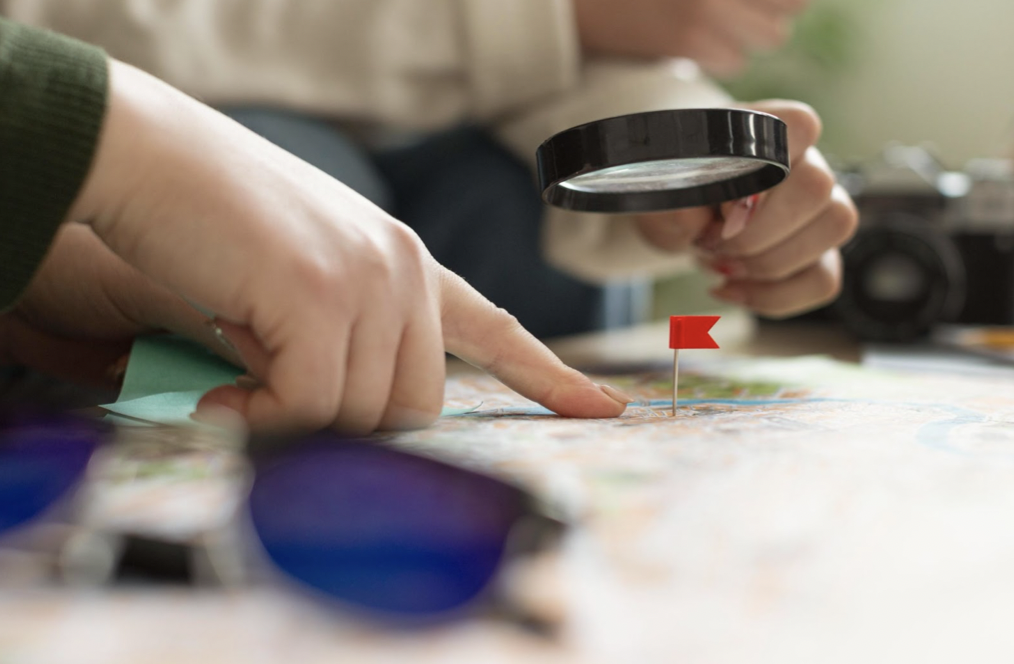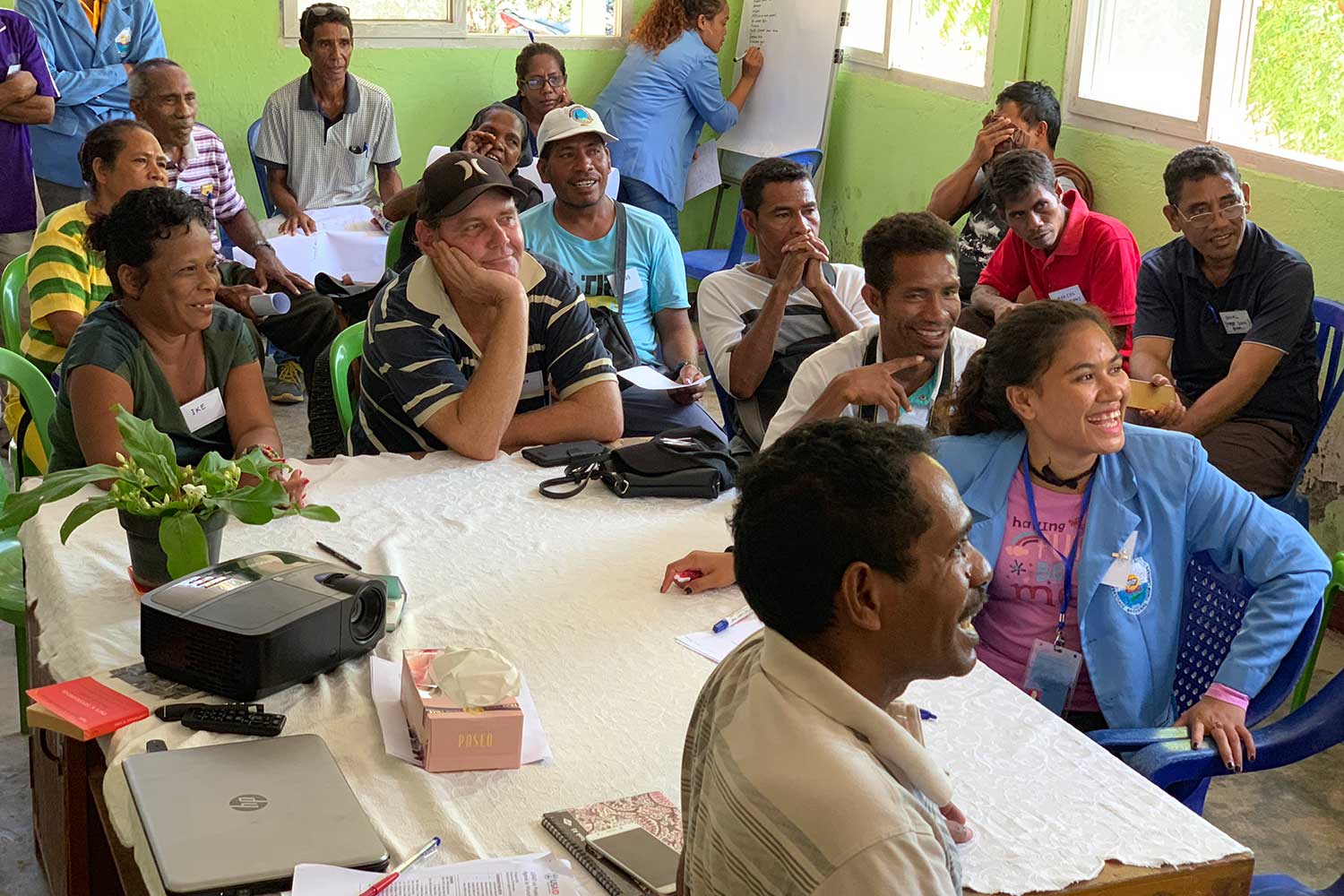The Secret Behind Thriving Travel Destinations
At the heart of every successful tourist destination, the essential role of tourism consultants operates like a well-kept secret. Their work is multifaceted and dynamic, shifting from one project to the next, each day offering a unique set of challenges. However, the proficiency they bring to international development, tourism, and marketing industries is irrefutable. As they utilize their broad knowledge and expertise, these tourism consultants carve a path toward prosperity for their clients, showcasing the undeniable importance of their role in shaping and promoting sustainable travel destinations.

Picture this:
You are scrolling through social media and stumble upon a sponsored advertisement. It features a travel blogger playfully navigating through the vibrant, bustling streets of Istanbul or on an uplifting journey in a hot air balloon, ascending above the vast expanse of Namibia’s ancient sand dunes. Soon, you see signs of these leading destinations wherever you look. Your best friend’s parents just returned from their two-week trip to said country, or Netflix uploaded new content that contains historical, cultural, and travel insights into the up-and-coming tourist destination.
Curiosity motivates you to research the travel destination where you discover unique accommodations, adventurous tours with local guides, and local restaurants which serve authentic, mouthwatering cuisine. All of a sudden, you find yourself at the airport convenience store stocking up on snacks and magazines before hustling towards the gate to embark on the trip of a lifetime. You may wonder how you and millions of other tourists became inspired to visit the same tourist destination. Why did this happen? Who made this happen?
The secret behind successful travel destinations is complex and cannot be attributed to one aspect. Leading destinations require months of research, strategic marketing, leadership collaboration, and community involvement. Large marketing budgets certainly play a role into their visibility, but in order to efficiently organize complex aspects of development and marketing tailored to the current situation of a destination, travel destinations may require the expert knowledge of sustainable tourism consultants who advise their clients on how to set themselves up for long-term success and sustainability.
What is the Role of Tourism Consultants?
Sustainable tourism consultants are creative professionals with expert knowledge in the tourism industry and destination management. Their clients include destination management organizations (DMOs), airline and hospitality entities, local and national governments, non-governmental organizations (NGOs), stakeholders, and tourism boards and businesses. By leveraging their expertise, consultants set the long-term vision and assist clients every step of the way. Ultimately, sustainable tourism consultants act as catalysts for growth, assisting in the development and implementation of effective tourism strategies.
1. How to Research and Assess a Tourist Destination
The crucial first step tourism consulting firms will take is conducting thorough destination market research. This includes gathering information from local stakeholders to understand the client’s assets, growth opportunities, key demographics, and how the client can extend beyond their vision. At Solimar, our consultants present clients with a summary of our findings and insightful recommendations for further expansion based on our data-driven market research.
For example, sustainable tourism consultants play a crucial role in destination assessments to understand what inspires tourists from different demographics. By delving into a destination’s historical, cultural, and geographical stories, these experts can identify activities and experiences that appeal to a diverse range of travelers. By promoting sustainable practices, these destination assessments contribute to the preservation of a tourist destination’s unique charm and ensure that tourism benefits everyone involved.
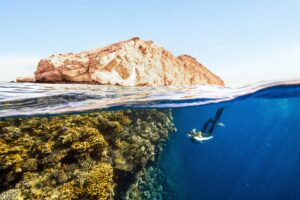
2. How to Brand a Tourist Destination
Within the tourism industry, all leading destinations have a captivating narrative that appeals to a variety of tourist demographics. It is the sustainable tourism consultant’s role to effectively share the destination’s story across multiple marketing platforms.
Destination marketing, or destination branding, is an essential ingredient in a travel destination’s success because it creates destination awareness, illuminates the destination’s attractive qualities, and utilizes market segmentation methods that tailor the branding approach to the tourist demographics, which will yield the best results.
Consider a destination that seeks to brand a specific stretch of its coastline as the ultimate hub for adventure watersports. To achieve this, the destination will emphasize and promote local businesses offering scuba diving and deep-sea fishing experiences, enticing thrill-seeking travelers in search of adrenaline-inducing activities.
The process of branding tourism destinations entails gathering essential details from these local businesses. Sustainable tourism consultants delve into their origin stories, unique selling points, and desired promotional approaches. Next, the consultants will design and implement branding essentials, such as captivating logos, memorable slogans, and a compelling online presence. Through a consistent brand story displayed across various platforms, they effectively communicate the area’s allure for adventure watersports, drawing in an audience of adventure enthusiasts eager to explore the exhilarating opportunities available.
3. How to Create Memorable Experiences for Tourists
All premier tourist destinations curate a variety of experiences. For instance, Mexico is the 7th most popular tourist destination globally. For international travelers planning on visiting the Yucatan Peninsula, they may begin researching the destination months prior. Let’s say the tourist is a history buff; they can easily look into local guides who offer expertly designed trips to archeological sites such as Chichén Itzá.
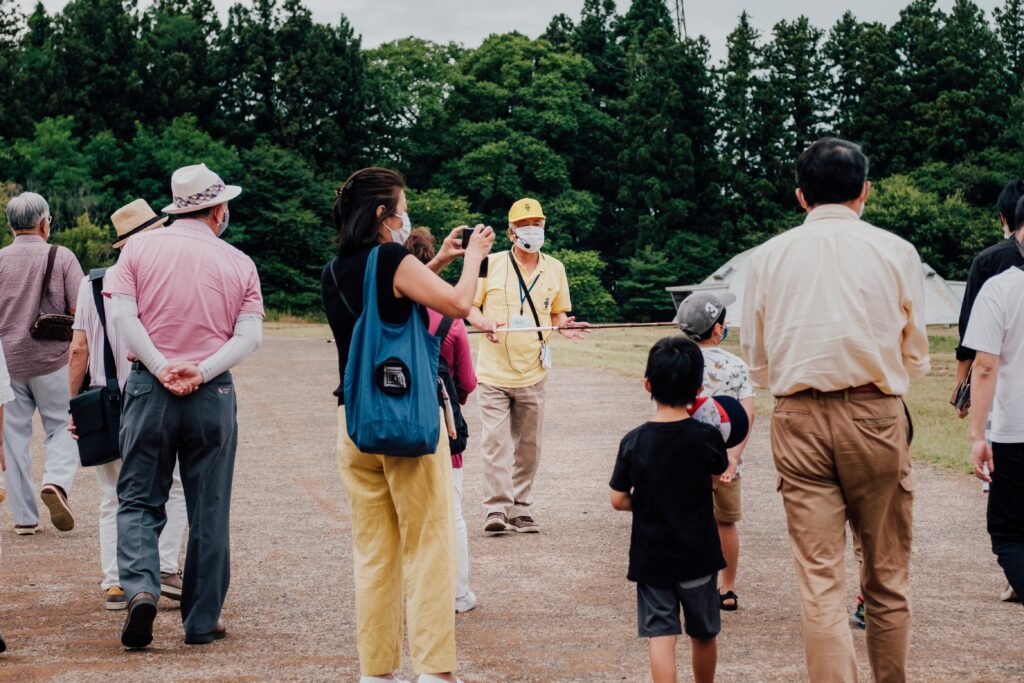
So, how do tourist destinations decide which products and experiences they will offer potential travelers? With the guidance of sustainable tourism consultants, top tourist destinations will partner with local businesses to identify and market experiences that appeal to a variety of tourist demographics. This entails working one-on-one with tourism businesses to design unique offerings, decide prices for their products and experiences, and forecast potential profit margins.
For sustainable travel consultants, every detail is significant. At Solimar, clients can anticipate a comprehensive business and product development plan encompassing evaluations of supply and demand, a sustainable business strategy to ensure recurring revenue, and a thorough training program for business owners, managers, and employees. Moreover, collaborative marketing strategies are expertly crafted to empower local tourism businesses to surpass their goals.
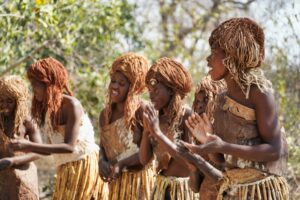
4. How to Understand the Benefits of Sustainable Tourism
A recent study conducted by Expedia Group Media Solutions revealed a growing inclination among international travelers to pursue eco-friendly and sustainable travel experiences. With the increasing detriments caused by climate change and over-tourism, sustainable tourism consultants aim to inform destinations of how they can reduce the negative impact of tourism while increasing its benefits.
- Promotes environmental conservation: Responsible tourism methods promote the preservation and protection of natural resources and biodiversity. For example, eco-friendly accommodations will commit to sustainable operations such as using renewable energy sources, reducing water consumption, and implementing recycling and waste management systems.
- Empowers the community: Sustainable tourism practices benefit the local community by creating employment opportunities, funding education systems and infrastructure initiatives, and increasing the understanding of cultural diversity and equity. Additionally, it empowers the local community by encouraging the involvement of the residents in decision-making processes and community-based tourism enterprises.
- Preserves cultural heritage: Sustainability is about celebrating the cultural backgrounds of the local people and maintaining their authenticity. For instance, a sustainable tourist destination will promote authentic cultural experiences such as homestay accommodations, traditional craft demonstrations, and traditional performances which benefit those of that heritage.
If you’re wondering how to be a responsible tourist who supports sustainable tourism practices, you can opt for environmentally friendly transportation options, support the community by buying local products and tour experiences, book green and locally owned accommodations, and travel to lesser-known destinations.

Final Thoughts: The Role of Sustainable Tourism Consultants
Next time you come across a travel blogger’s captivating TikTok content featuring pristine beaches, picturesque villages, or impressive historical architecture, remember that a team of sustainable tourism consultants worked diligently with these destinations for months, if not years, prior to making it all possible. Creating a thriving tourist destination requires attention to every detail. Tourism consultants play a crucial role in identifying the client’s unique voice and offerings that distinguish them from competitors. They establish a consistent media presence, instill successful business operations, and emphasize the significance of sustainable travel practices throughout the journey.


